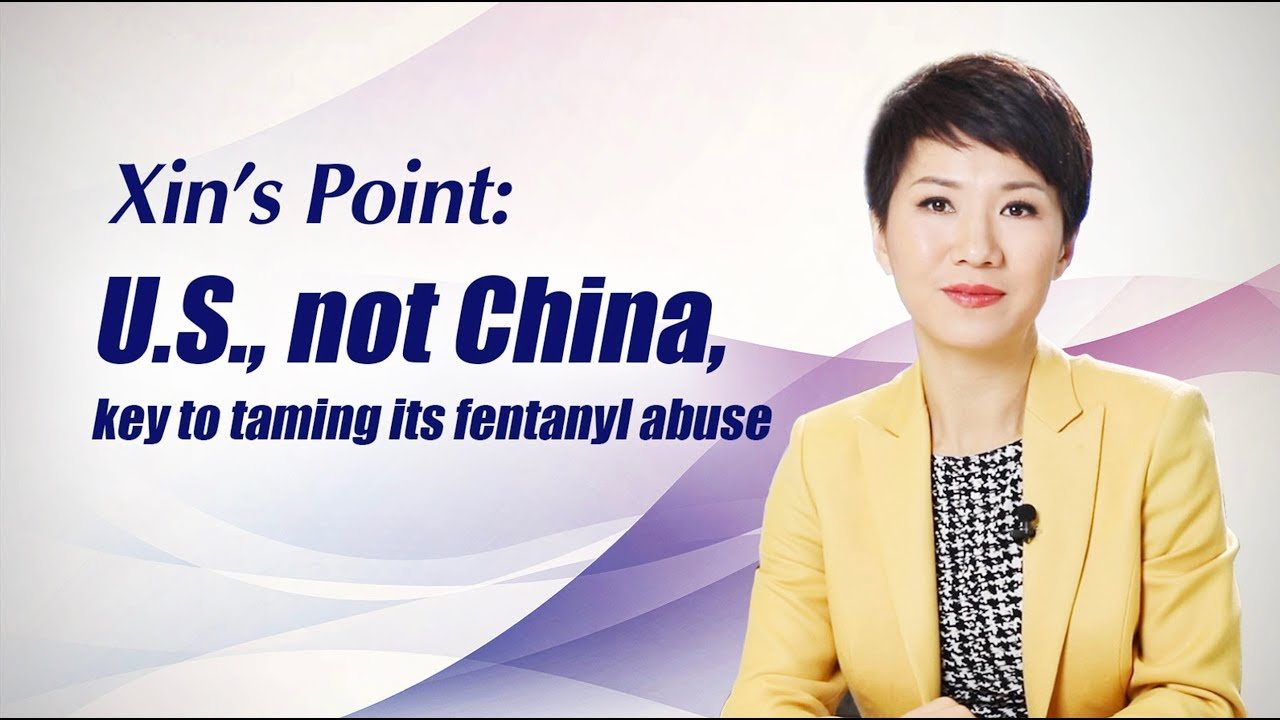
Opinions
23:19, 05-Dec-2018
Xin's Point: U.S., not China, key to taming its fentanyl abuse
Updated
23:14, 08-Dec-2018
Liu Xin
03:28

“A great humanitarian gesture,” is what the White House called China's latest pledge to further assist the U.S. in fighting its fentanyl crisis. Although there are different versions of what Chinese President Xi Jinping and U.S. President Donald Trump actually agreed to during their summit in Buenos Aires, I understand that China said it will do more to help stem the outflow of illicitly manufactured fentanyl, the dangerous substance driving synthetic opioid overdose-related deaths in the U.S. to record highs over the past five years.
U.S. federal data released last week says the rate of such fatal overdoses increased by 45% since 2016 to reach some 30,000 in 2017.
China already included 23 fentanyl analogs and 2 precursors – the chemical ingredients used to produce the substance – on its list of controlled substances. After this meeting, China said it will put all fentanyl analogs on the list and amend relevant regulations to prohibit and severely punish illicit fentanyl production, possession, use, and trafficking. As China's chemical industry has boomed over the past decades, so have the central government's efforts to enhance monitoring and regulation.
Although illicit fentanyl appears to come from China, the true size of Chinese involvement is hard to establish. A Guardian report published last January says “online sales from China tracked by the Senate investigators were linked to seven confirmed synthetic opioid-related deaths in the U.S.”
But the whole China discussion is missing the point. The factors behind the fentanyl-related crisis in the U.S. are a true Gordian knot. To solve the problem, the root of the issue must be addressed: Why do people need opioids in the first place? How can they get timely help? What socioeconomic factors influence the groups affected? What roles do doctors, pharmaceutical companies, and public health officials play? And how much is this opioid crisis part of the U.S.'s larger drug culture?
According to the UN's 2017 World Drug Report, North America continues to experience the highest drug-related mortality rate in the world, accounting for 1-in-4 drug-related deaths globally. The U.S. government and the Congress must strengthen federal efforts aimed at reducing demand for illicit opioids, before anything else.
Even if China did the utmost in controlling illicit fentanyl, someone else will fill the need – most likely in the black market. Fentanyl is easy to synthesize. As long as the demand exists, supply will flourish. If you cut off one part of a vine, it will not die, but grow back more and heartier branches in other directions. China has agreed to do more, is the U.S. ready to do its share?
Scriptwriter: Liu Xin
Videographer: Qi Jianqiang
Editing: Chen Shi, Zhang Tao

SITEMAP
Copyright © 2018 CGTN. Beijing ICP prepared NO.16065310-3
Copyright © 2018 CGTN. Beijing ICP prepared NO.16065310-3